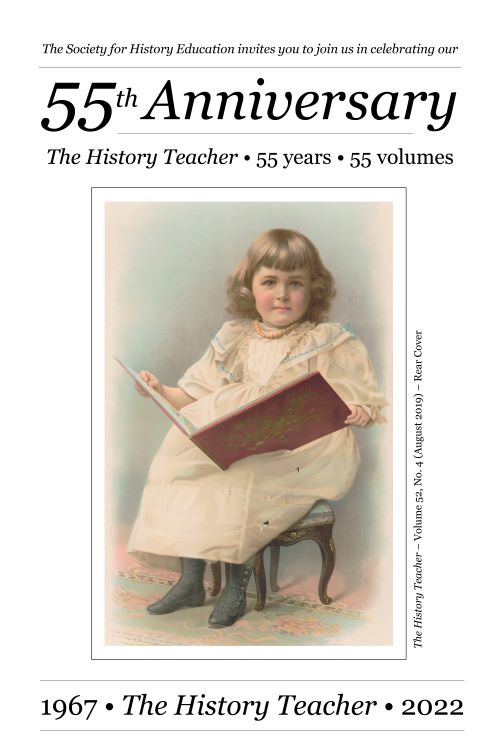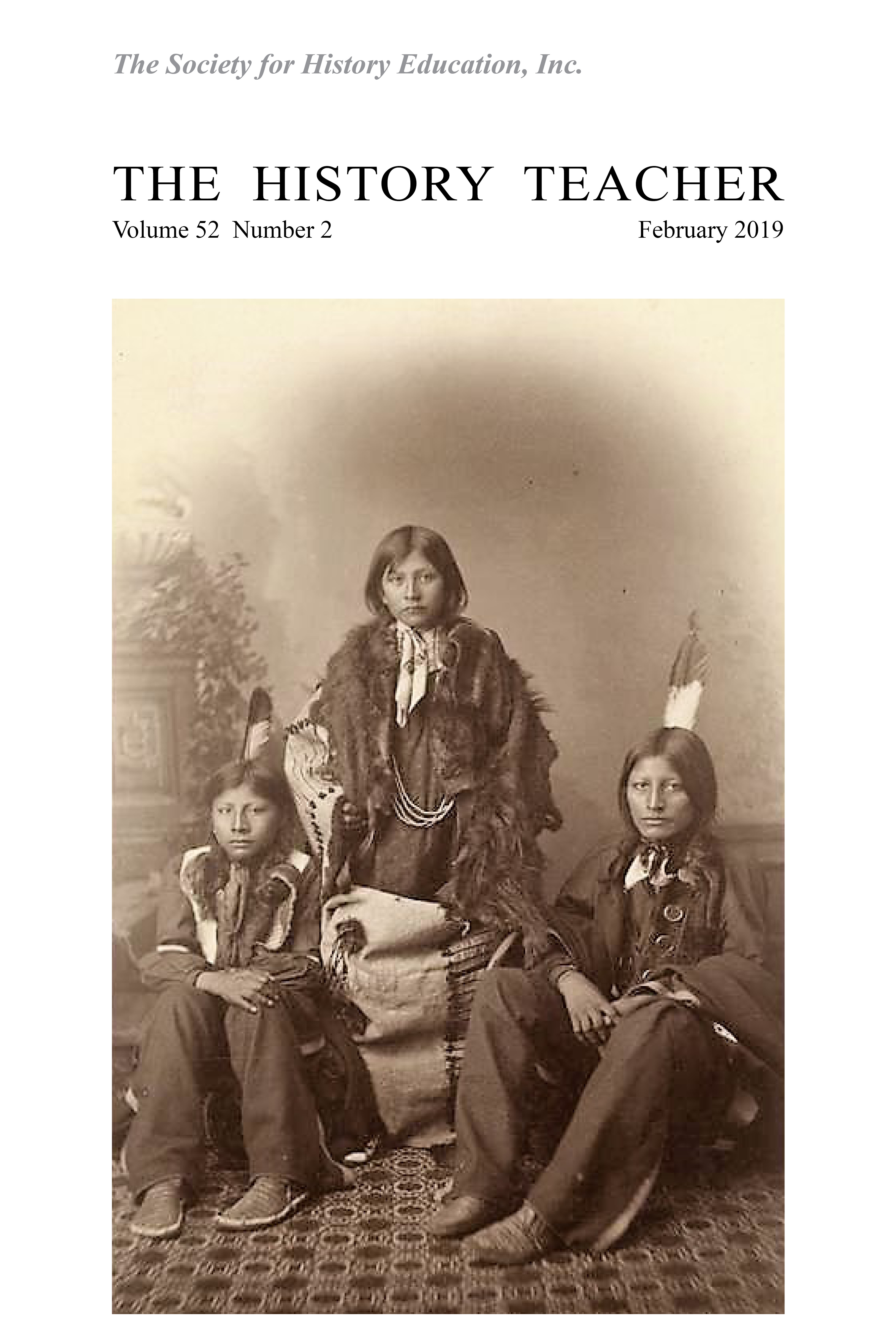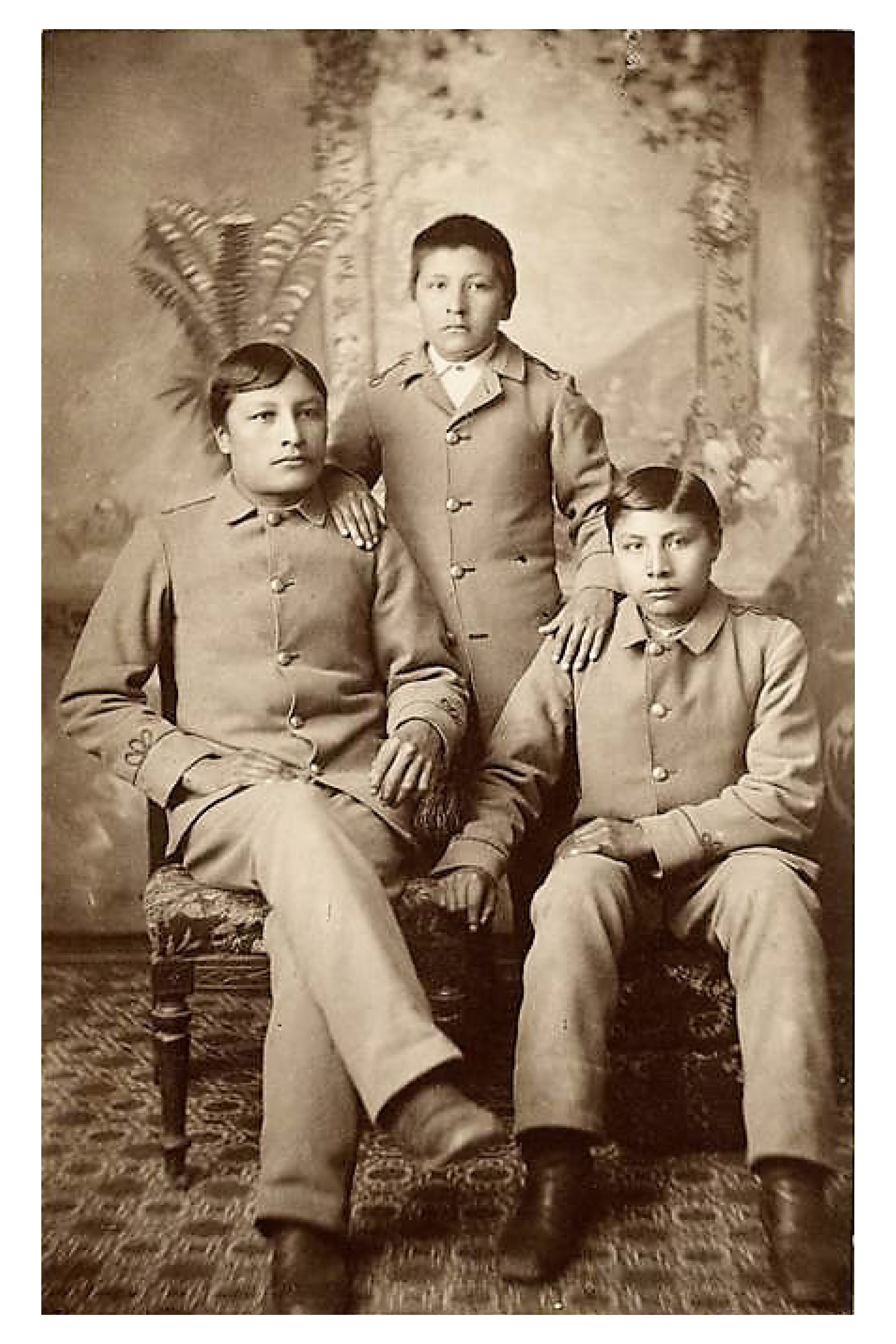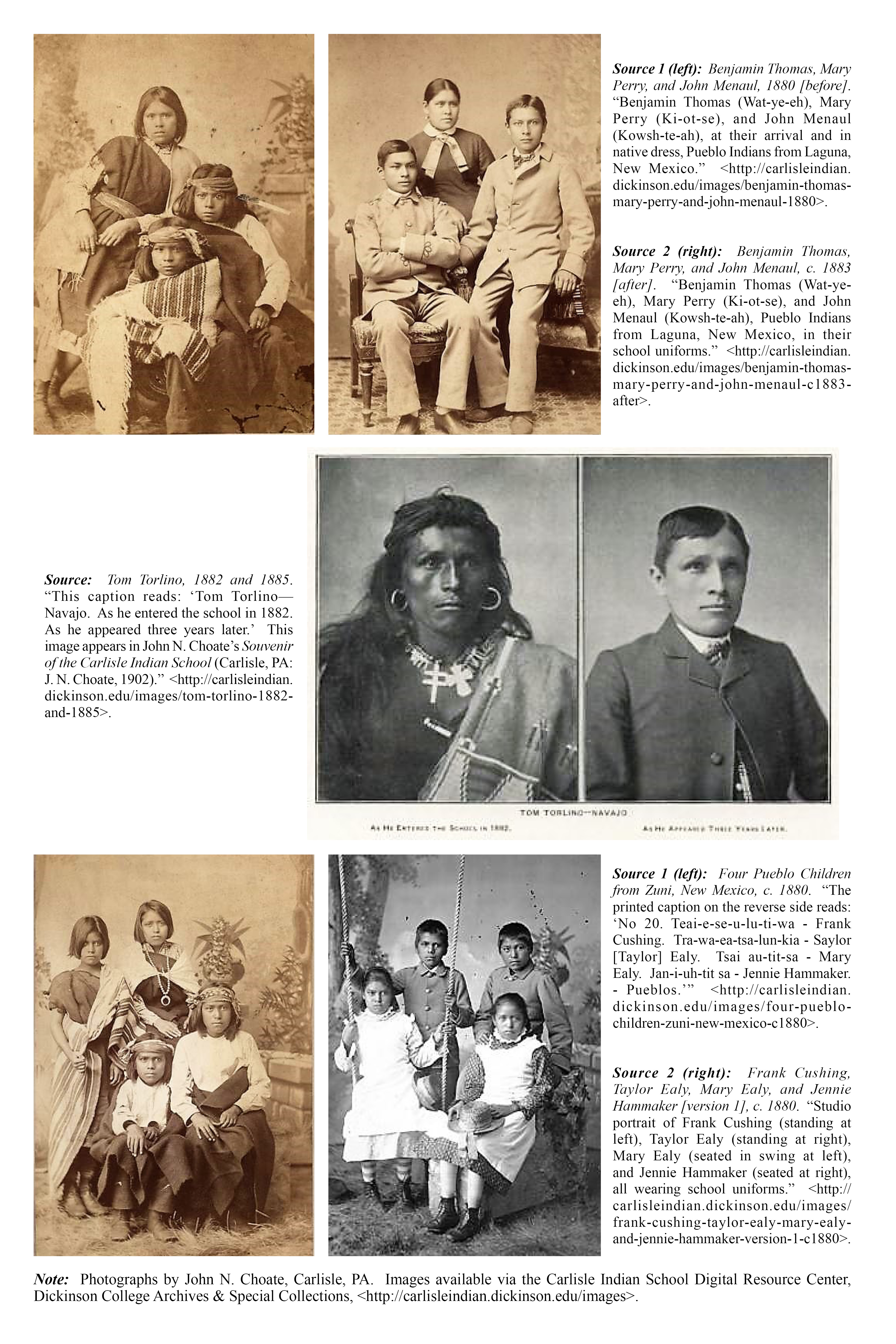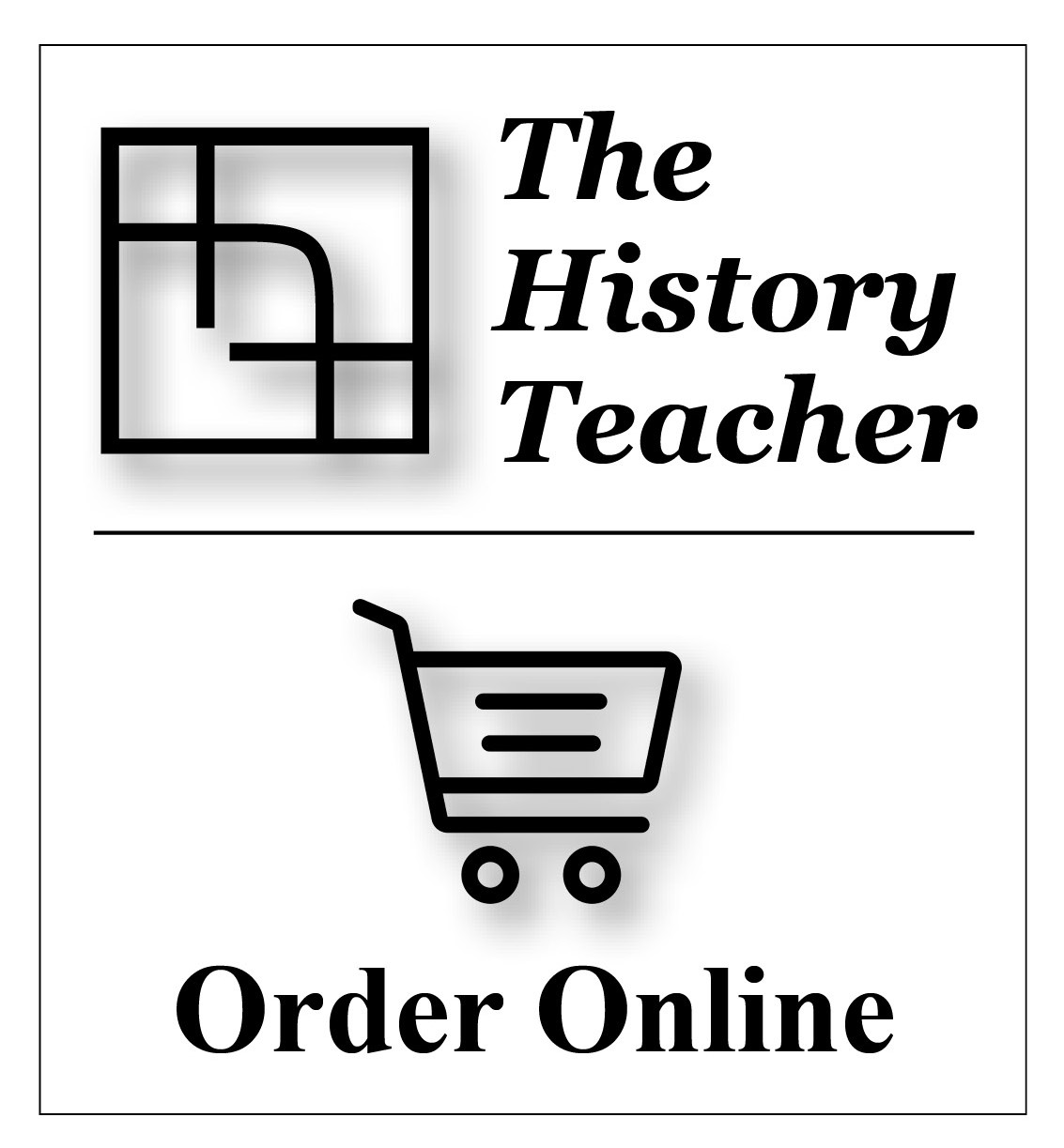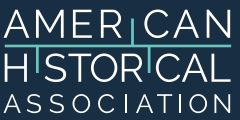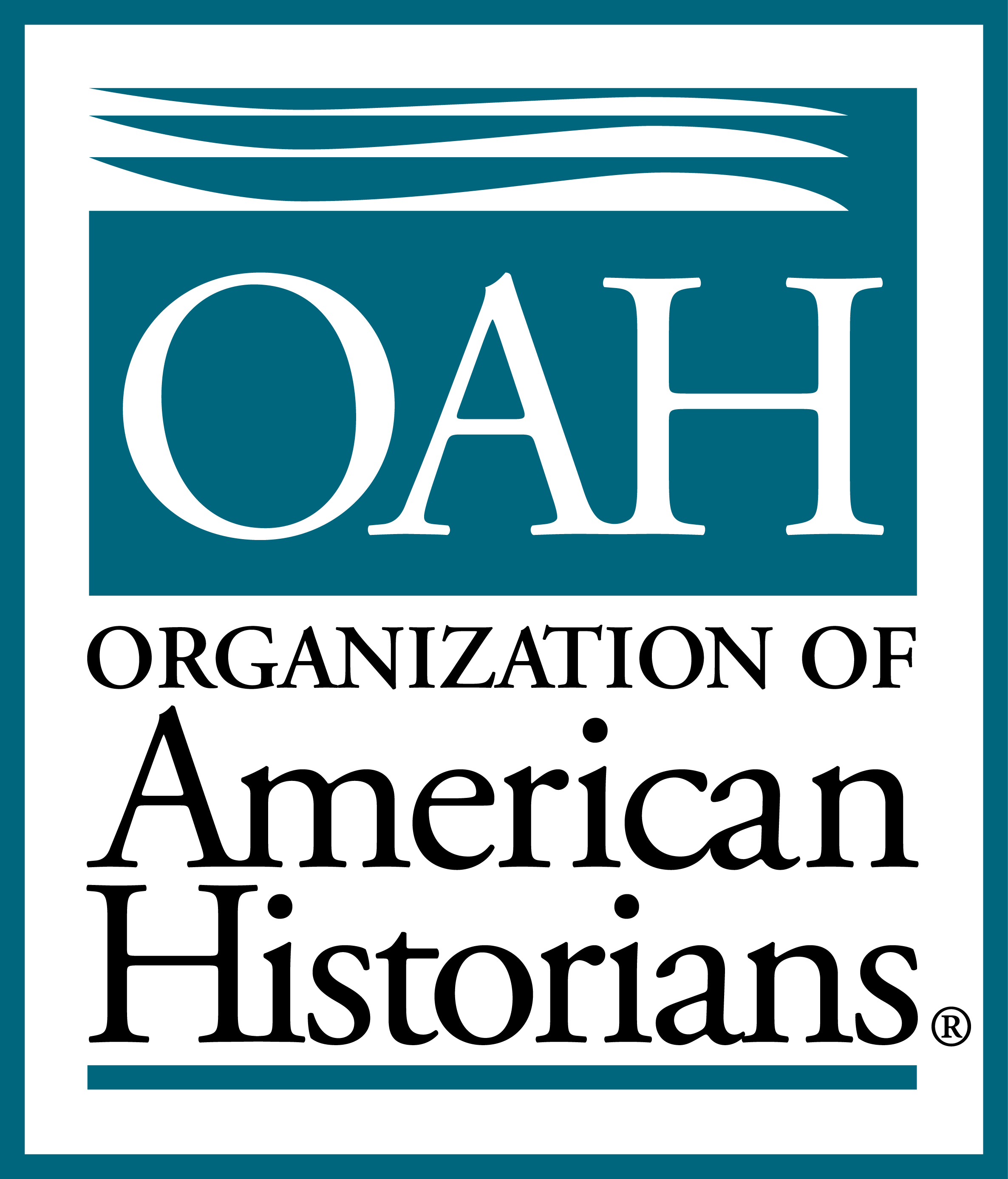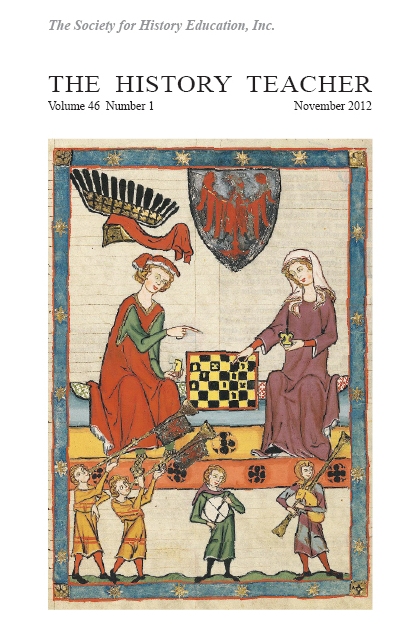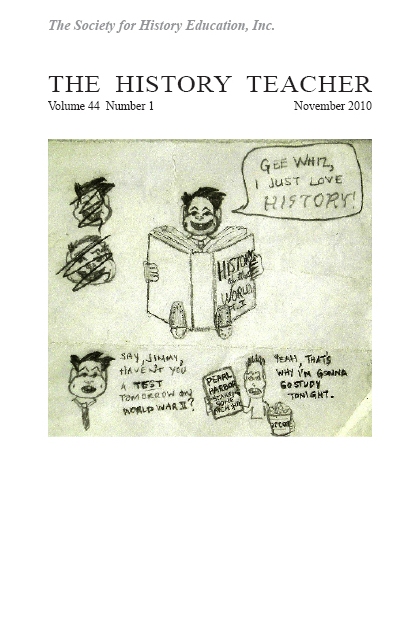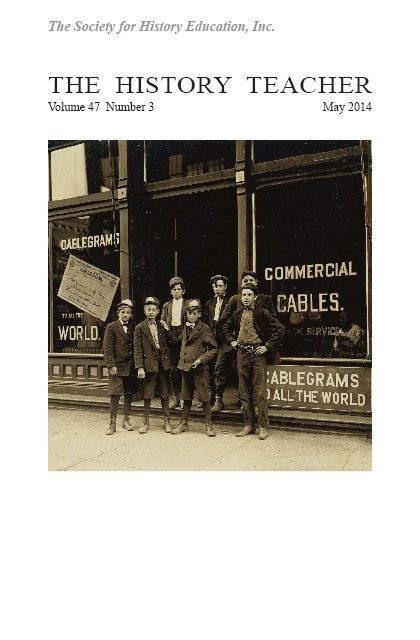The History Teacher
Volume 52, No. 2
February 2019
Front Matter | Back Matter
THE CRAFT OF TEACHING
Indigenous and Postcolonial Perspectives
Problematizing the Past: An Overview of Teaching the History of Science in Latin America in the Anglophone Classroom and Its Major Issues
by Hadley Sinclair Cluxton and René Harder Horst
(pp. 191-235)
Mesoamerican Perspectives on Mexican Conquest History: Using Digitized Indigenous Primary Sources in the Undergraduate Classroom
by Doris Namala
(pp. 237-264)
Native Ecologies: Environmental Lessons from Indigenous Histories
by Gregory D. Smithers
(pp. 265-290)
To Challenge the Settler Colonial Narrative of Native Americans in Social Studies Curriculum: A New Way Forward for Teachers
by Justin Krueger
(pp. 291-318)
NOTES AND COMMENTS
Finding a Time and Place for the Haitian Revolution
by Erica Johnson
(pp. 319-331)
Integrating Foreign Language Learning into the History Classroom
by Luke Clossey and Vlad Vintila
(pp. 333-355)
IN EVERY ISSUE
188 Contributors to The History Teacher
356 The History of The History Teacher
357 Questionnaire for Potential Reviewers
358 Membership/Subscription Information
360 Submission Guidelines for The History Teacher
ADVERTISERS IN THIS ISSUE
236 Society for History Education: Celebrating 50 Years
332 Association for Asian Studies: Teach About Asia, Learn About Asia
CONTRIBUTORS
Luke Clossey (Ph.D., University of California, Berkeley) teaches world history in the Department of History at Simon Fraser University. His research interests include early-modern world history, with a focus on religion and globalization. Clossey has contributed to various books and journals, and is author of Salvation and Globalization in the Early Jesuit Missions (Cambridge, 2008).
Hadley Sinclair Cluxton is a graduate student finishing a Master's Degree in History at Appalachian State University, with a dual focus on the History of Science and Technology and Latin American History.
René Harder Horst earned his Ph.D. from Indiana University in 1998, and has been a Professor at Appalachian State University since 2000. He is author of the forthcoming A History of Indigenous Latin America: Araucanians to Zapatistas (Routledge, 2019). His academic pursuits include Latin American history, Native American history, and Religious Studies.
Erica Johnson specializes in French Revolutionary history and the French Atlantic world. She is author of a monograph, Philanthropy and Race in the Haitian Revolution, part of the Cambridge Imperial and Post-Colonial Studies Series (Palgrave Macmillan, 2018). She is also co-editor (with Brian A. Banks) of The French Revolution and Religion in Global Perspective: Freedom and Faith (Palgrave Macmillan, 2017).
Justin Krueger (M.Ed., Sul Ross State University) is currently a doctoral student at The University of Texas at Austin in the Department of Curriculum and Instruction, with a focus in Social Studies Education. His research interests include collective memory, museums, public pedagogy, and learning in informal spaces.
Doris Namala received her Ph.D. in Colonial Latin American History at the University of California, Los Angeles in 2002. Since 2009, she has been a lecturer at California State University, Dominguez Hills, where she teaches courses on Mexican, Latin American, California, and U.S. history, as well as historical theory and methods.
Gregory D. Smithers is an Associate Professor of History at Virginia Commonwealth University. He is the author of numerous books and articles about indigenous history, including The Cherokee Diaspora: An Indigenous History of Migration, Resettlement, and Identity (Yale University Press, 2015) and the forthcoming Native Southerners: Indigenous History from Origins to Removal (University of Oklahoma Press, 2019).
Vlad Vintila (Ph.D., Columbia University) teaches humanities and language in the Department of French and Department of History at Simon Fraser University. He previously taught Italian at Temple University, and also taught at Columbia University and the University of Virginia.
|
